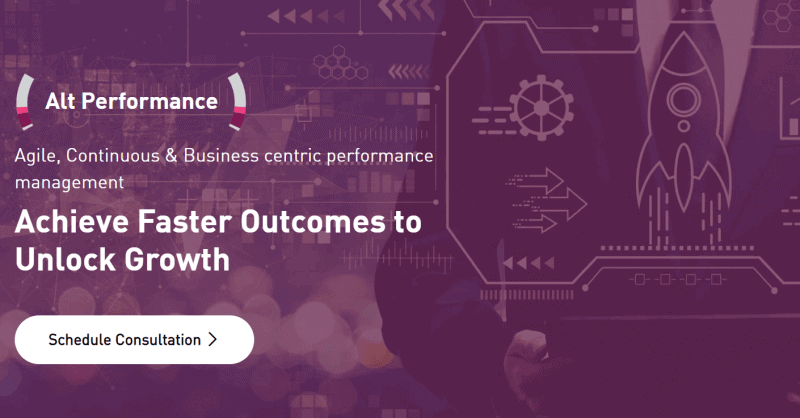In case you missed the memo, PeopleStrong officially has a performance management platform.
Originally known as Qilo, it was acquired 6 months ago and has since been rebranded into Alt Performance.
Started as a tool to measure Objectives and Key Results (OKR), the acquisition will see Alt Performance becoming a wider performance management platform as works are in progress to infuse our learnings and experiences dealing with hundreds of enterprise organizations in bettering their productivity.
In this post, I will share with you some upcoming Alt Performance features that are on our 2020 roadmap that will help organizations to optimize their peoples’ performance.
Let’s dive in.
1. Performance Improvement Plan (PIP) related goals
A PIP is designed to facilitate constructive discussion between a staff member and their supervisor and to clarify the exact work performance requiring improvement.
It is implemented, at the discretion of the manager, when it becomes necessary to help a staff member improve their performance.
The manager, with input from the affected employee, develops an improvement plan; the purpose of the goals outlined is to help the employee to attain the desired level of performance.
PIP on Alt Performance would easily allow tracking of the PIP and the associated rating over a defined duration.
2. Succession Planning
Succession planning is a process for identifying and developing new leaders who can replace old leaders when they leave, retire or die.
Succession planning increases the availability of experienced and capable employees that are prepared to assume these roles as they become available.
Taken narrowly, “replacement planning” for key roles is the heart of succession planning.
Given the performance data that is captured in Alt Performance (as well as an Applicant Tracking System such as Alt Recruit), internal and external candidates’ talent pools can be created and nominated to critical positions in real-time.
And deficit in skill sets could easily be identified on the platform which organizations could take the necessary step to bridge that skill gap.
Which lead us to the next point…
3. Learning Management System integration
A learning management system (LMS) is a software application for the administration, documentation, tracking, reporting, and delivery of educational courses, training programs, or learning and development programs.
With inputs on skills deficit, it could be turned into a training request for individuals career development related to skills that are important for the Job Role.
Via seamless integration with Alt Learning, employees automatically get assigned with the right course for timely consumption.
Conclusion
I hope today’s post showed you how Alt Performance will further transform performance management.
Now I want to turn it over to you:
Which of these 3 features from today’s posts would be most beneficial to your performance management?
Is it the LMS integration?
Or perhaps it is the ability to create PIP on the fly?
[reminder]








